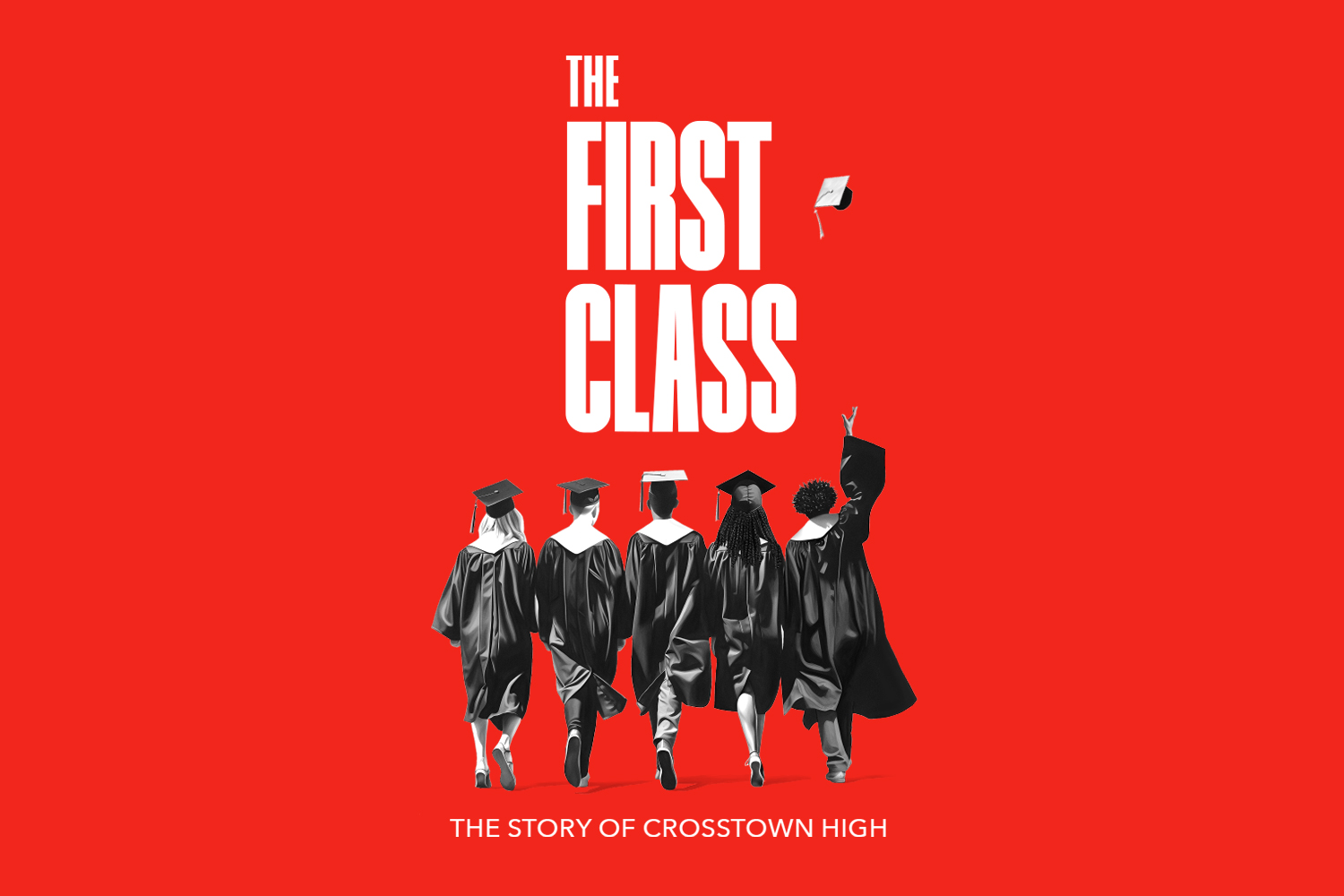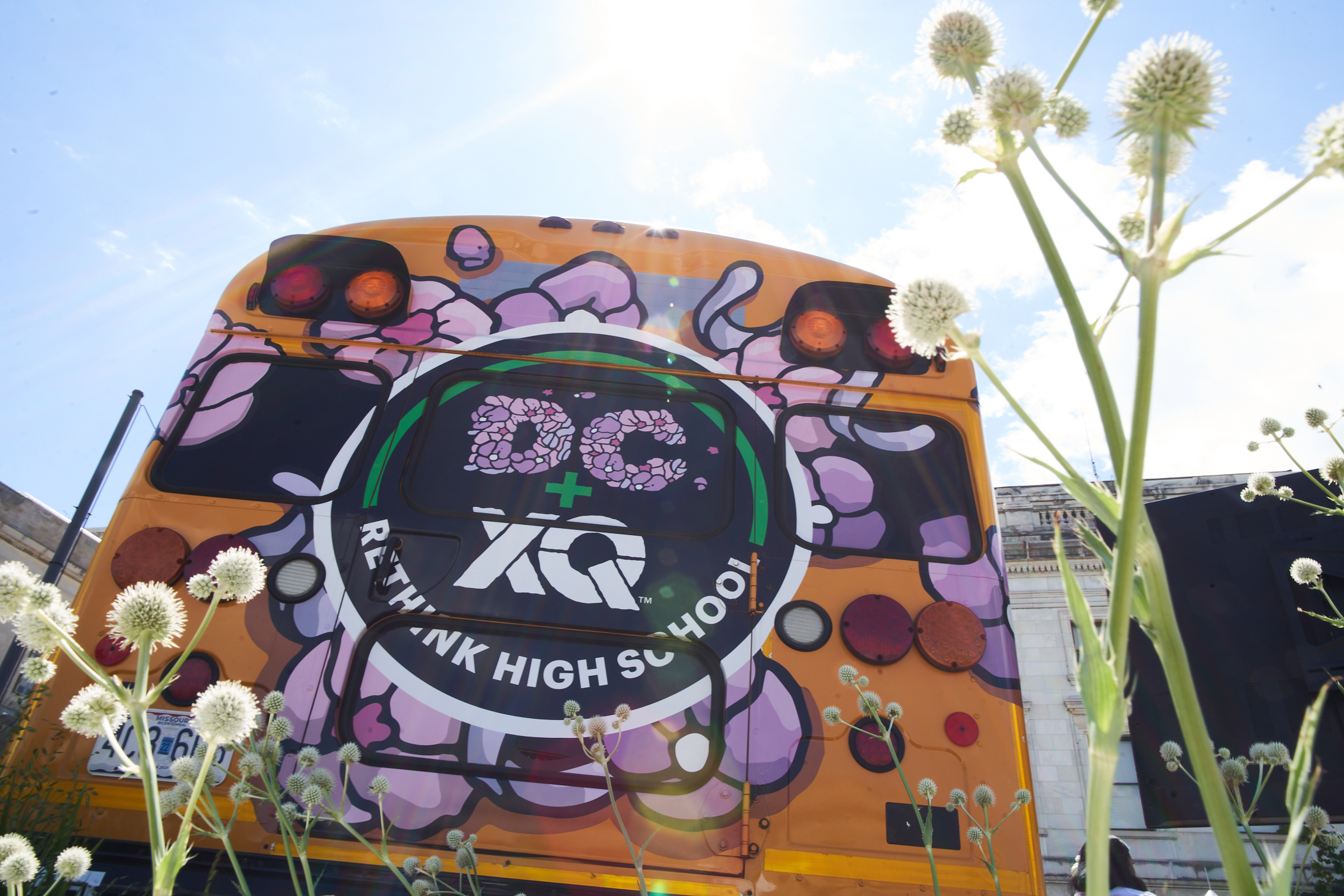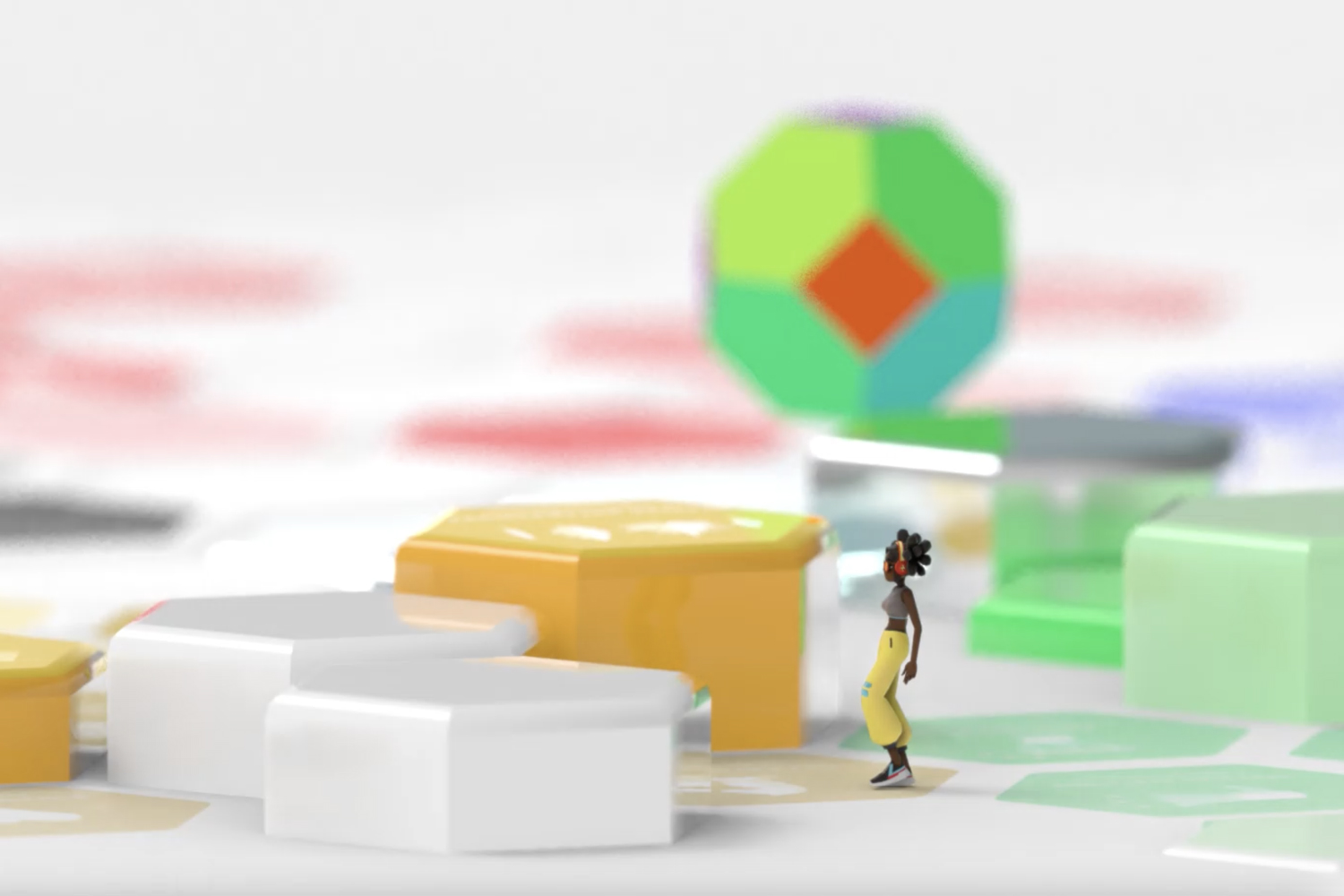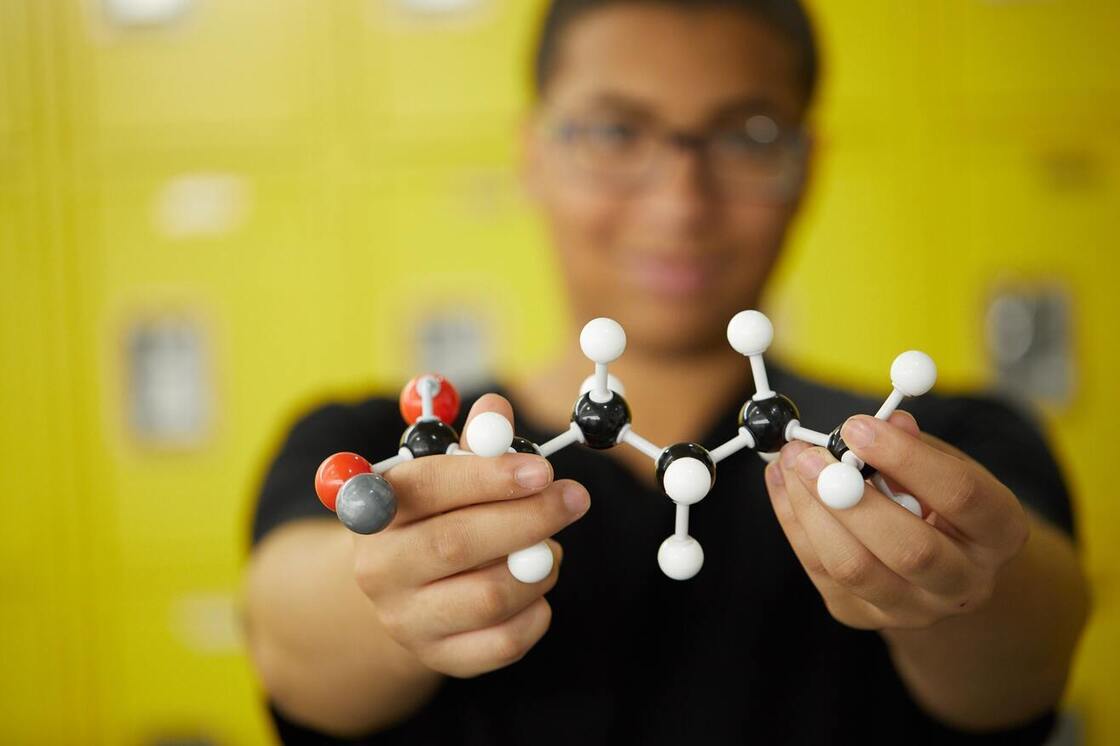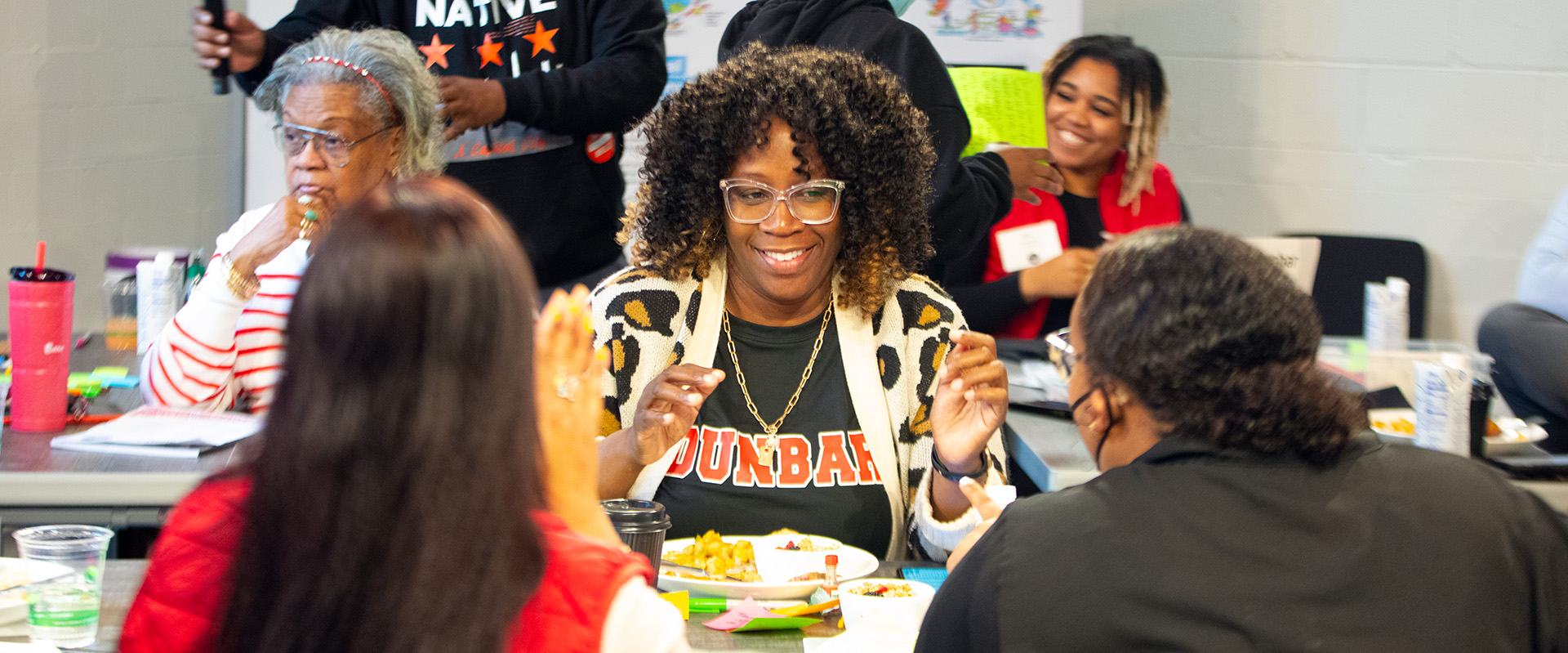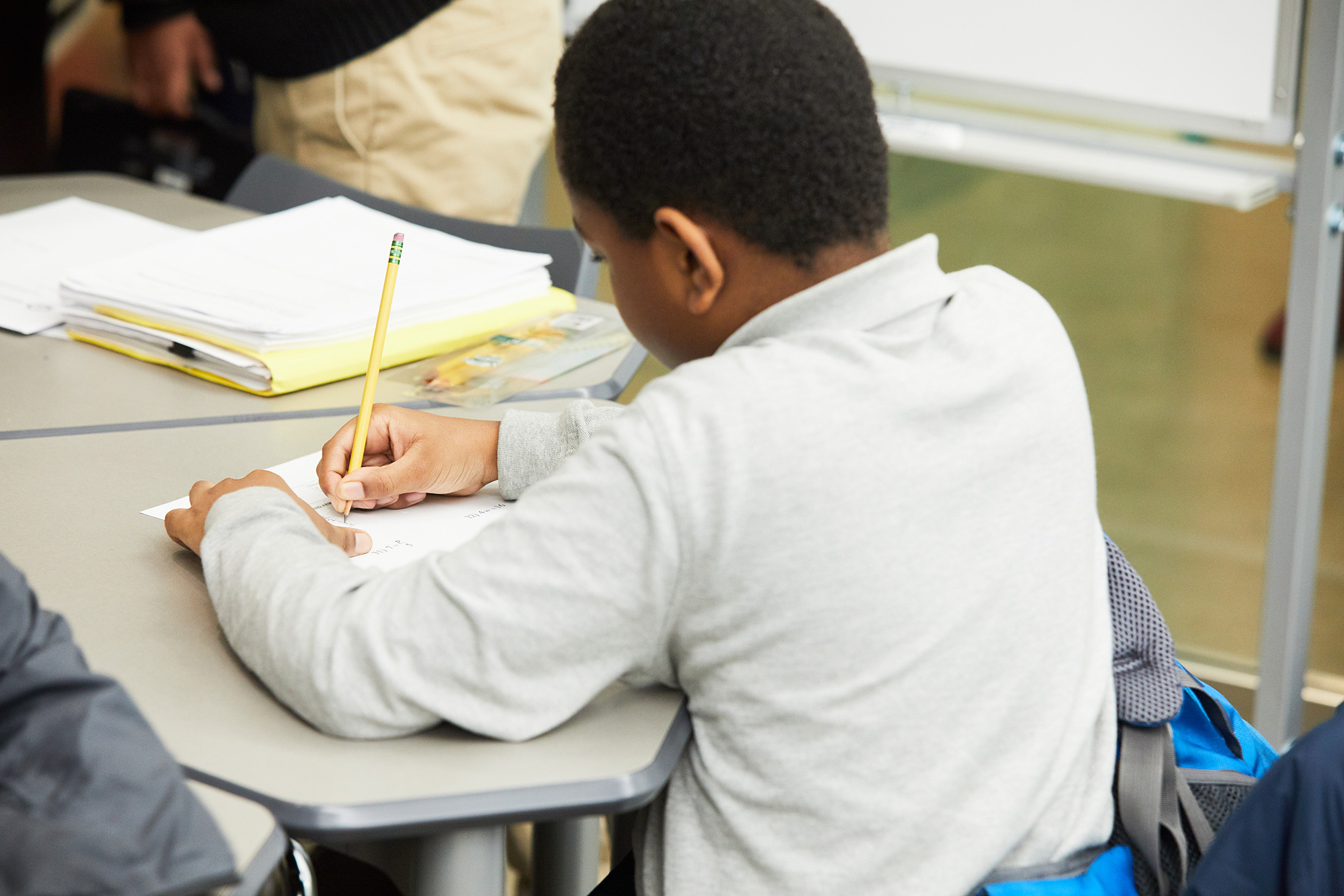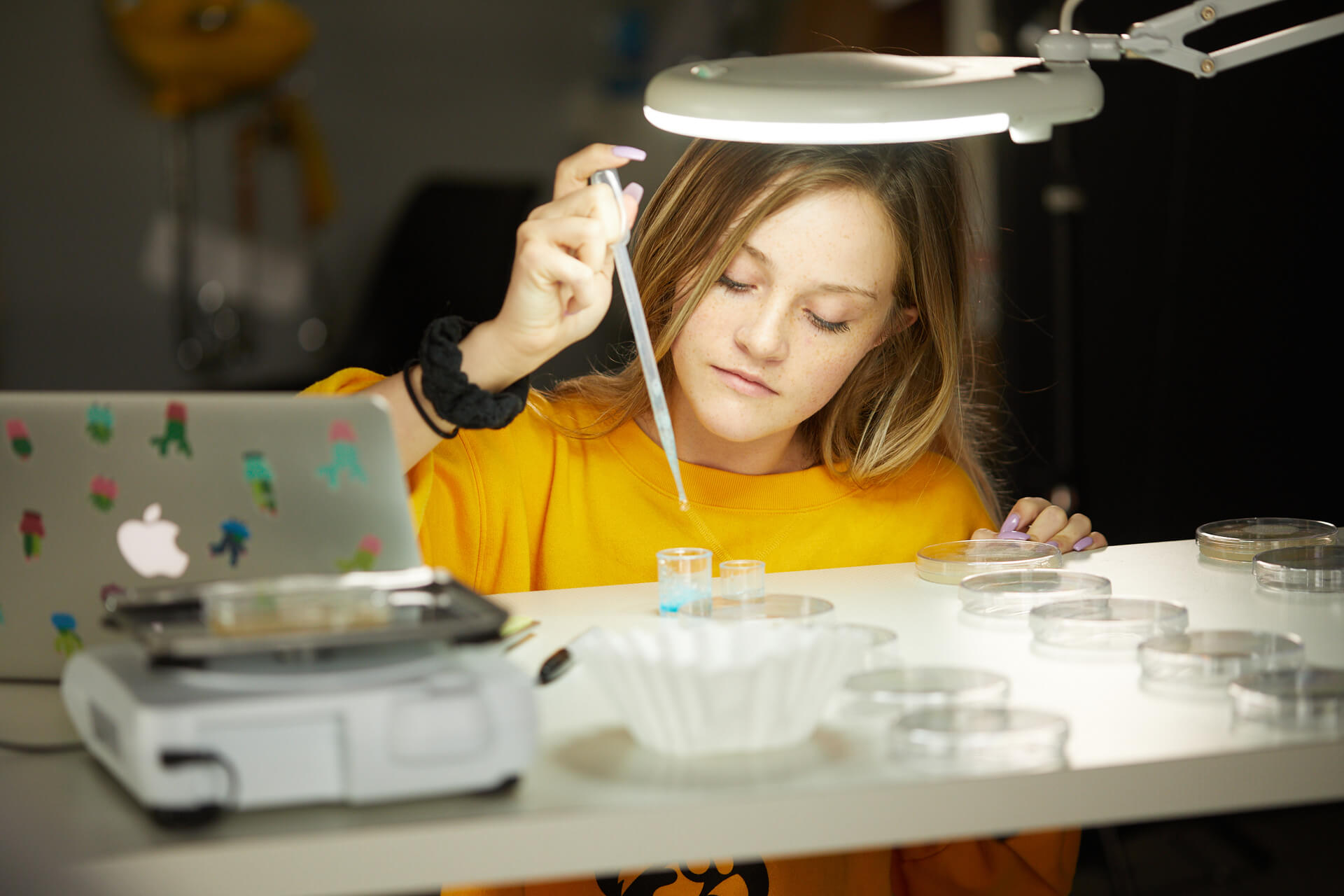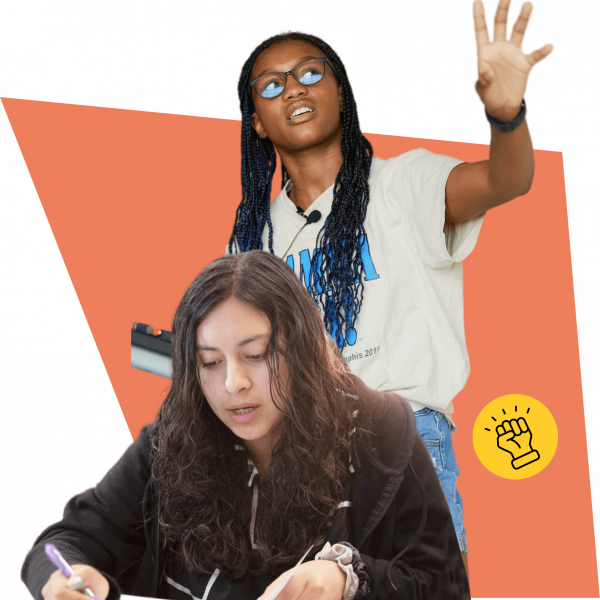High School Needs an Improvement Framework—So We Made One
Improving & transforming high school doesn’t just happen by accident. It takes a lot of hard…

Improving & transforming high school doesn’t just happen by accident. It takes a lot of hard work for communities to reimagine schools as vibrant spaces where students can grow to become creative problem solvers, civic participants, and learners for life.
To turn innovative ideas into action you need a clear roadmap to guide you on your journey to high school reinvention.
Many schools and districts may begin with a traditional School Improvement Plan (SIP).
What Is a Traditional School Improvement Plan?
While school improvement plans (SIPs) might differ from high school to high school and state to state, in general they are a process to ensure that all students receive access, opportunity, and support to achieve at high academic levels.
The key word is “process.” SIPs take time, reflection, and strategy, and the support of the entire community—including principals, teachers, parents, and students—in order to be successful.
While there’s no one-size-fits all plan, most traditional SIP processes follow a few basic steps.
The Traditional School Improvement Process
- Conduct a needs assessment: Improvement begins by finding out what isn’t working, and that involves a needs assessment. That means talking with all your stakeholders—including parents, students, and teachers with various experience and subject matter expertise—to get an honest assessment of areas of the school that need improvement.
Then, you can gather and analyze evidence to create goals that get to the root causes of problem areas.
- Create goals: Now is the time to develop an action plan to get you headed toward your school’s goals. Remember, in order to reach these goals, they need to be rigorous but achievable, following concrete steps with a clear assignment of responsibility for who is going to manage each goal.
And going big doesn’t always mean better. Often goals that are too ambitious can demoralize educators, especially if they are too broad.
For example, wanting to simply improve reading scores is not a clearly defined goal and, if unassigned, most likely will become the responsibility of the principal. Instead, think about how the reading specialist at your school will take ownership of working with other ELA teachers to come up with improved reading learning targets for students.
- Involve stakeholders: As found in “Collaboration: A Framework for School Improvement,” collaboration is at the heart of a successful SIP. Input from administrators, parents, students, and teachers ensures a more accurate understanding of a school’s needs and the ensuing goals through a diverse set of perspectives and experiences.
But even though schools have been utilizing SIPs for decades, many educators still doubt their efficacy. Getting teachers on board can be the difference between success and failure.
In their report, School Improvement Plans: Is There Room for Improvement?, the RAND Corporation found that when teachers are unaware of the key points of their SIP, only 30 percent think their school will see improvement. But when teachers are familiar with the major points of the plan, that number jumps to 72 percent.
A New Roadmap for Community-Led, Student-Centered School Improvement
Discovering your school’s needs, designing goals, and developing a plan for school improvement can be a challenging process, but there are fundamental principles to reimagine the traditional high school experience.
Luckily, the XQ In A Box toolkit exists to get you started on your journey of reimagining and transforming your high school.
Like a traditional school improvement planning process, the XQ toolkit will guide you as you define your vision, set goals, and build a team as you set out on the path to high school transformation, while also keeping you focused on important issues like equity, student engagement, and preparing students for college and careers.
And while there is no single formula for a great high school, there are common elements that all schools have. At XQ, we call them our six core Design Principles:
- Strong mission and culture
- Meaningful, engaged learning
- Caring, trusting relationships
- Youth voice and choice
- Smart use of time, space, and tech
- Community partnerships
How you incorporate these elements will be up to you, but we believe keeping these specifics in mind during the school improvement process will help you reach the ultimate goal–students who are deeply engaged in their own learning and fully prepared for all that the future has to offer.
Discover: In this phase, you’ll think about what skills students need to be prepared for an uncertain future, and think about ways to empower students to engage deeply in their own learning.
Some questions to explore:
- How is the youth population changing in your community? Is it growing or shrinking? Becoming more diverse? How might it change in the next several years?
- What demands and opportunities will today’s teenagers encounter in higher education, the workforce, and civic life? What kinds of skills and attributes are growing in importance?
- Are all students—including Black and Latinx students, English language learners, and students with disabilities—getting the same strong preparation?
Design: Schools are complex, and they function best when stakeholders are guided by a mission framed by shared beliefs and common values. By designing ambitious goals that everyone can rally behind, you can build a better framework for teaching and learning.
Some questions to explore:
- How do students experience their school and their role as learners within it? How do different groups of students experience school differently?
- How should schools set high learning goals for all students, create pathways for students to succeed, and assess student success during and beyond high school?
- How can schools cultivate consistent, productive, respectful relationships and an inclusive, supportive community among students, teachers, parents, and others?
Develop: A great school is only as strong as its team of educators, and those teachers need to be supported so that they can do their best in ensuring students reach their fullest potential.
Some questions to explore:
- How can a school foster a strong professional learning community that prizes excellence and equity and promotes continuous learning and improvement?
- How can an existing school engage current staff in transitioning to a redesigned model? What’s needed to prepare faculty, earn their trust, and encourage them to contribute?
- What do nontraditional educators—mentors, artists, youth workers, business people, and others—have to offer? How can they be meaningfully involved?

5 Approaches to Meaningful and Engaged Learning in High School
XQ schools are evidence that when communities engage thoughtfully and creatively with the big challenges of improving and transforming schools, amazing results can happen.
Here are five models to guide you as you begin to think about your own school improvement plan that ensures all students have access to meaningful and engaged learning.
Student-Centered Learning: Students succeed when what they are learning matters to them. In a student-centered learning environment, students have a voice in the material they learn and how they learn it.
Student motivation is an important part of school improvement, and as the Center on Education Policy unsurprisingly found in a 2012 report, student motivation increases when what students are learning aligns with their interests and goals.
The deep connection between curriculum and student interest leads to some inspiring learning opportunities at XQ school New Harmony High in New Orleans. There, students learning about the Great Migration combine their own creative projects with historical research to connect their learning with their community.
Interdisciplinary Learning: To prepare for a challenging and uncertain future, students can’t learn in the traditional siloed approach to subjects. Instead, they need to combine learning from across disciplines to come up with new ways to solve problems.
That’s why interdisciplinary learning is such a powerful lever to prepare students for college, careers, and their lives beyond high school.
Take for instance a three-month long interdisciplinary project with which students at Da Vinci RISE High engaged. Students created an identity wheel to explore how voting affects different communities and people with different heritages, genders, and sexual orientations. That helped students understand multiple viewpoints, evaluate perspectives, and build structural knowledge of systematic disenfranchisement.
Project-Based Learning: At PSI High, students planned and designed micro exhibits exploring their community and local history for the Sanford Museum. Similarly, students at Latitude High School in Oakland, California, built their own underwater remotely operated vehicles to gather water quality data from San Francisco Bay.
What do these both have in common?
They are examples of project-based learning and the basic idea that students learn best by doing. By investigating real-world issues that often impact students personally, students are more emotionally engaged in their work and gain valuable lifelong skills.
Partnerships for powerful learning. At Iowa BIG, an XQ school in Cedar Rapids, students regularly work with local partners to come up with solutions to community problems. They work in teams, pitch ideas, conduct research, and collaborate with business owners, nonprofit leaders, and other community members.
While they gain valuable academic skills, they are also learning crucial skills they will need long after high school, from simply writing an email, to how to talk with people in authority, to figuring out how to lead a team.
And for many students, the experience can set them on a course for life, like for one former student who created a high school curriculum about the global refugee crisis which in turn sparked her pursuit of a career in human rights.
A Commitment to Equity in High School Improvement
Putting students first is what transforming high school is all about, and that starts with equity. It means recognizing students as individuals with unique needs and gifts. But what does fair and impartial learning actually look like?
At Purdue Polytechnic High School, school leaders have worked hard to incorporate equity into daily school life. That includes:
- Creating spaces for students to learn that are open and engaging, not prison-like facilities so many students are used to.
- Removing the traditional master schedule and replacing it with one tailored to fit unique student needs.
Providing students autonomy to follow their interests through Passion Projects they find interesting.
Making sure students see themselves reflected in their learning begins with a strong mission and culture that places equity at the heart of a school’s operational systems and structures.
Learn More
As you begin your journey on the road to high school transformation, XQ is here to help. Read more about our Design Principles to guide your planning for school improvement.
If you liked these five strategies to improve schools, there are lots more for you to explore, including:
- 5 Ways To Build Equity at School
- 5 Resources for Amplifying Student Voices and Experiences
- 5 Ways to Center Student Leadership
Sign up for Give Me Five, our biweekly newsletter for educators ready to rethink high school and get 5 hand-picked resources every two weeks to #ReThinkHighSchool

